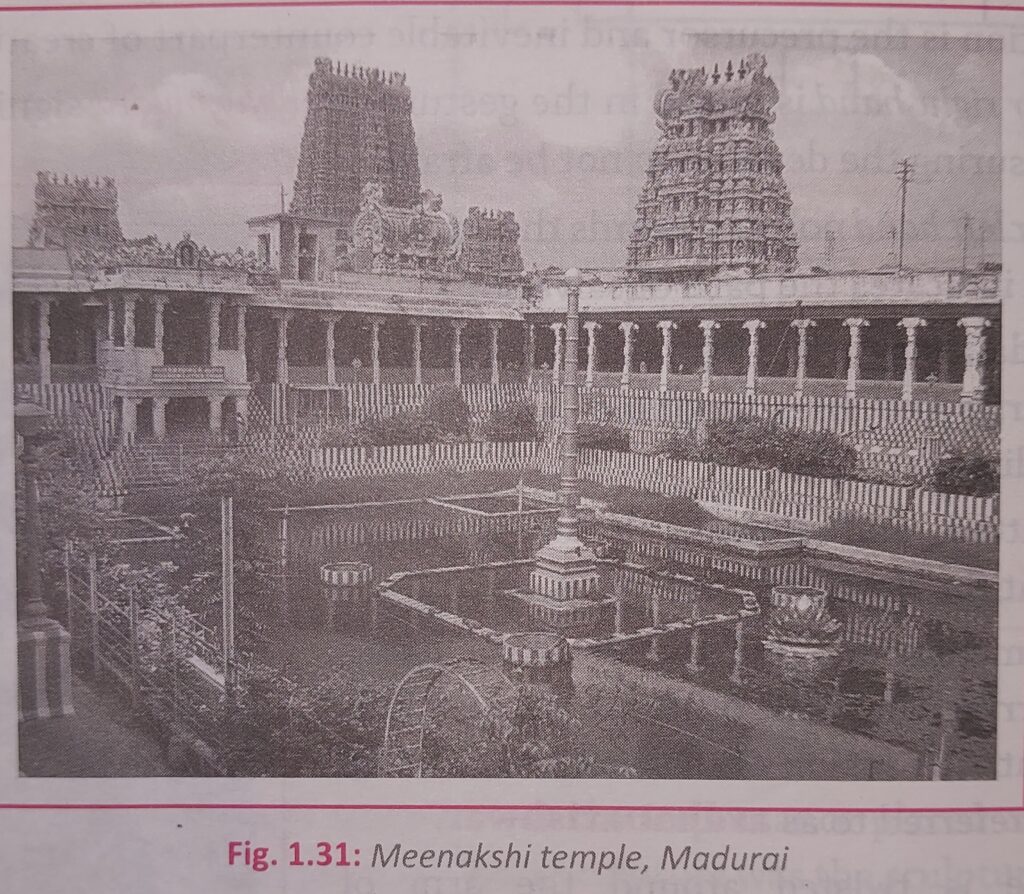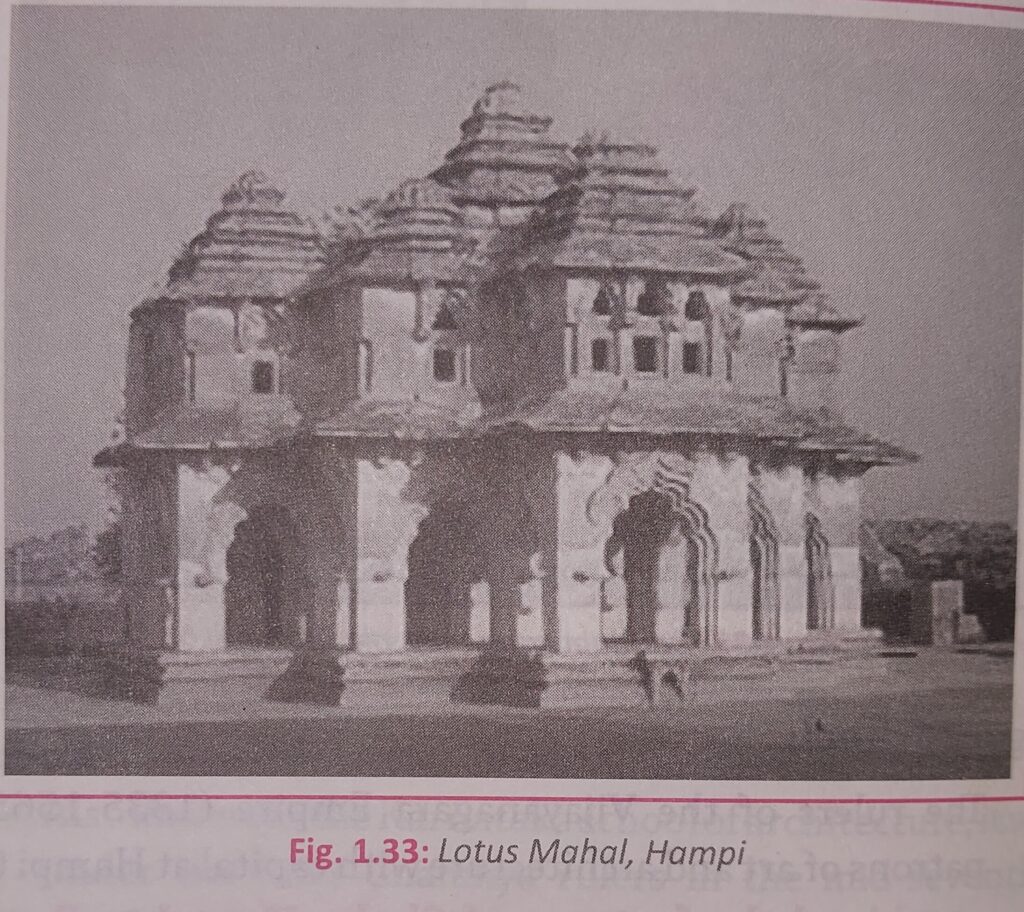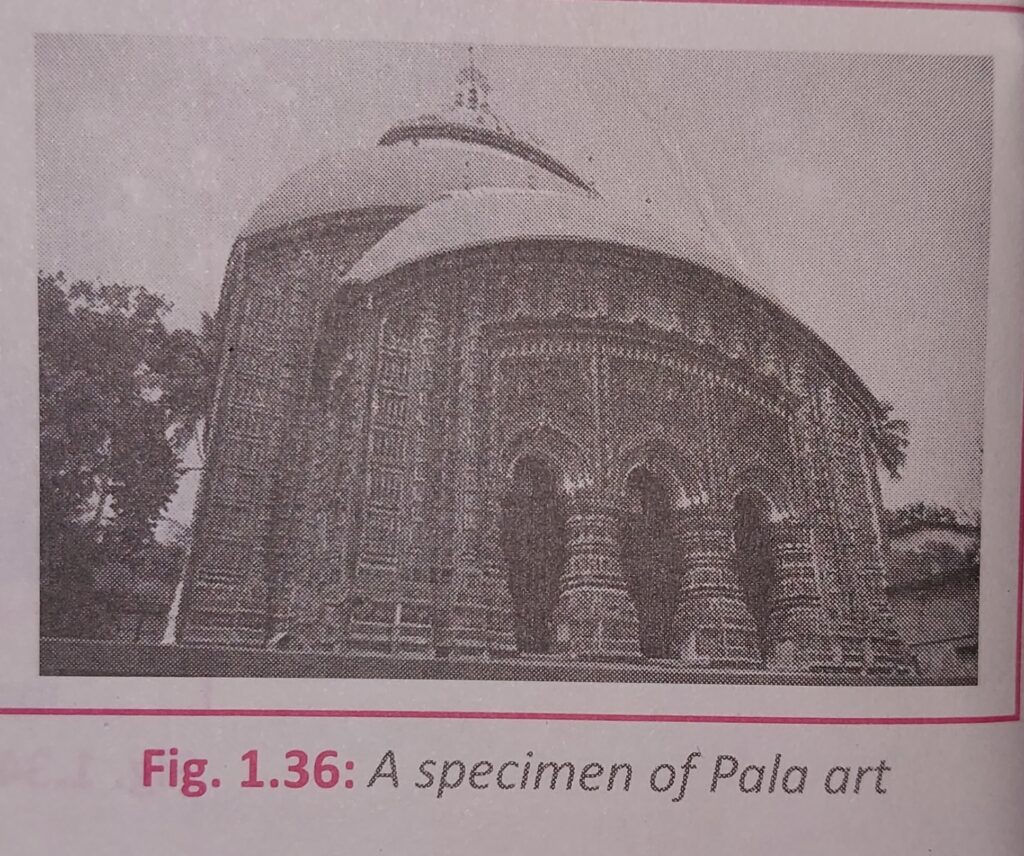Temple architecture had a very rich past in India. The temples architecture in India evolved with time since ages. The temples architecture took a proper shape during Gupta age in northern India. Thera are different stages and schools developed in temple architecture. There are mainly three style of temples architecture in India; Nagara style, Dravida style and Vesara style.
But there are some regional styles of temples as well. There are number of prominent regional school of temple architecture like Nayak school, Vesara school, Vijayanagara school etc.
Also Read: Temple Architecture in Northern India
Art and Temple Architecture of South India
Gupta Age – Art and Architecture
Vesara School
The Vesara school of architecture was emerged during the mid-7th century AD which combined features of both Nagara and Dravidian school. This school was emerged in the of modern-day Karnataka state of India and patronised by the rulers of Chalukyas of Badami and Kalyani, Rashtrakutas and Hoysalas. The important features of temples include; open ambulatory passageway, emphasis on Vimana and mandapa; pillars, doors and ceilings were decorated.

The curvilinear shikara and square base of Vesara school were influenced by the Nagara school and the carvings, sculptures, vimana etc. were influenced by Dravida school. For example, Lad khan temple at Aihole etc.
Nayaka School

This school also known as the Madurai school and it patronised under the Nayak rulers between the 16th and 18th centuries AD. The architectures of this school were influenced by Dravidian school but are bigger in size and it was also influenced by Islamic architecture. Huge corridors (prakarms) around garbhagriha and large gopurams were built in Nayak school as the art of gopuram reached to its climax during Nayak style. For example, Meenakshi temple, Madurai etc.
Vijayanagara School
This school of architecture was emerged during the rule of Vijayanagara kingdom at Hampi (Karnataka). They combined the features of the Chola, Hoysalas, Pandyas, Chalukyas, and Indo-Islamic styles. Geometrical patterns were used to decorate walls of temples, gopurams were built on every side of temple, monolithic pillars, large enclosing walls, more than one mandaps were built in each temple etc. were major features of the Vijayanagara school.

The concept of secular buildings inside the temple premises was introduced during Vijayanagara period. For example, Lotus Mahal, Virupaksha temple at Hampi etc.
Hoysala School

This school was emerged under the rule of Hoysala rulers near the modern-day Mysore with the prominent sites of Belur, Halebid and Sringeri. The important features of this school of art include; multiple shrines around central pillared halls, stellate plan was used (ground plan in star shape), soft sope stone was main material, decoration of temple with sculptures etc. Temples were built on the upraised platforms known as Jagati which was one meter high. For example, Hoyasaleswara at Halebid, Chennakesava temple at Somanathapura.
Pala and Sena School of Art
The Pala and Sena arts were developed in the region of Bengal during the period between 8th and 12th centuries AD and it was patronised by the ruler of Sena and Pala dynasties. Pala rulers were the followers of Mahayana Buddhism and hence they built number of Chaityas and Viharas. On the other side, Sena rulers were Hindus and hence, built number of temples but also sustained the Buddhist architectures.

The Somapura Mahavihara is a magnificent monastery in the modern-day Bangladesh was built by Palas. The universities of Odantapuri, Vikaramshila, Jagaddala, Nalanda were also developed under the rule of Palas. Senas on the other hand used curve roof, terracotta bricks, carving shikaras, and both stone & metal were used in architecture buildings. For example, Siddheshvara Mahadev temple in Barakar.
Thus, number of regional schools of art emerged in temple architecture which result in enriching the local arts of different regions.

Pingback: Modern Architecture in India - historylover.in